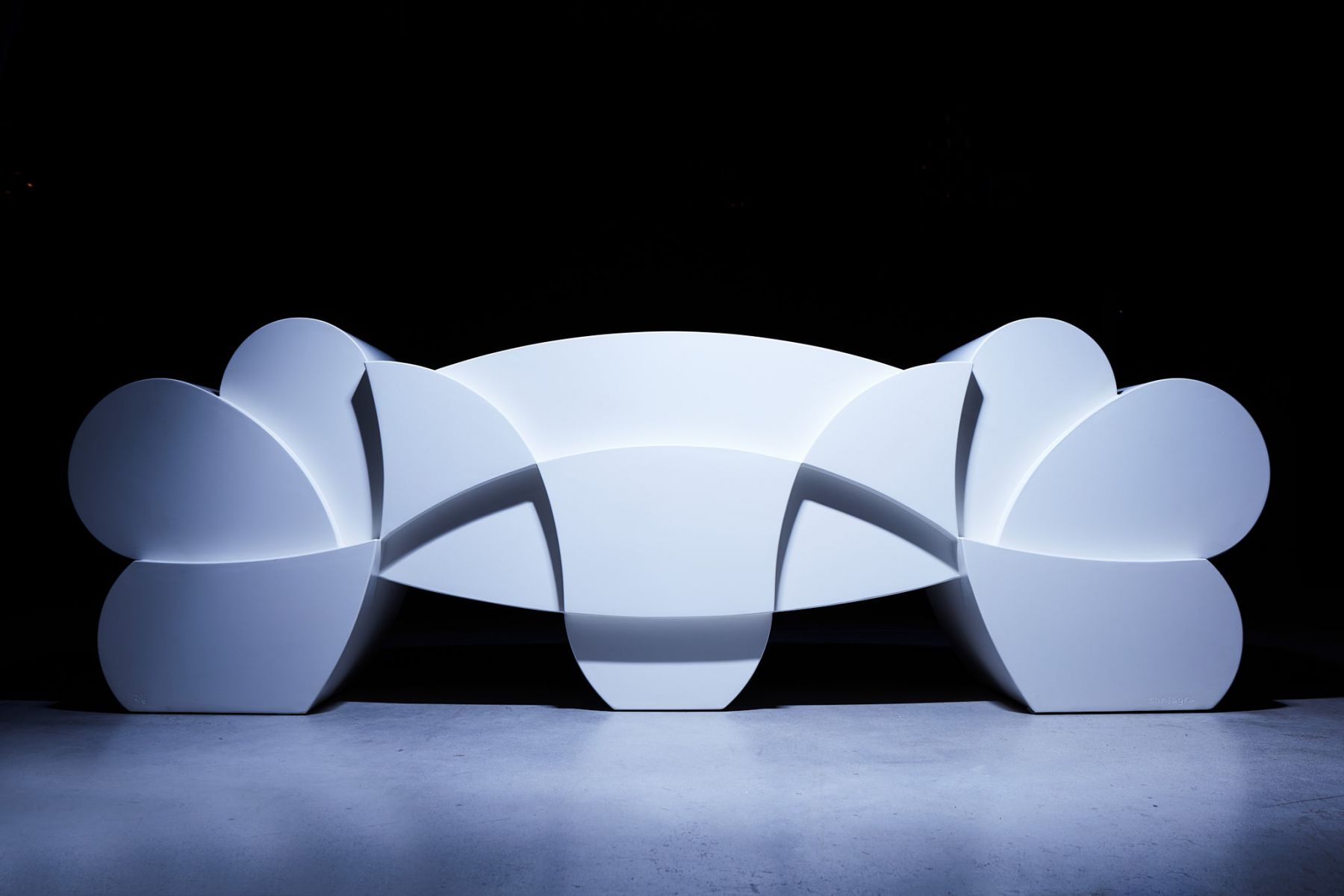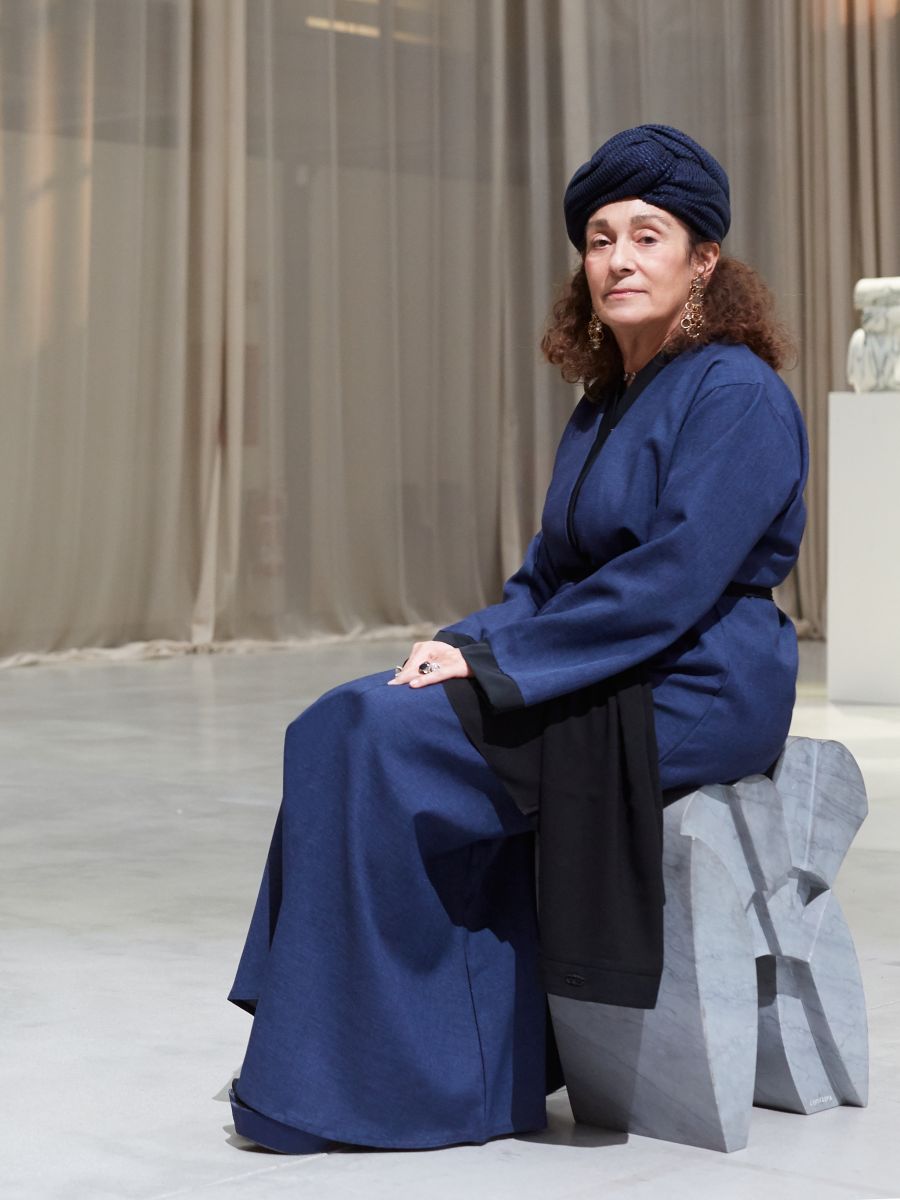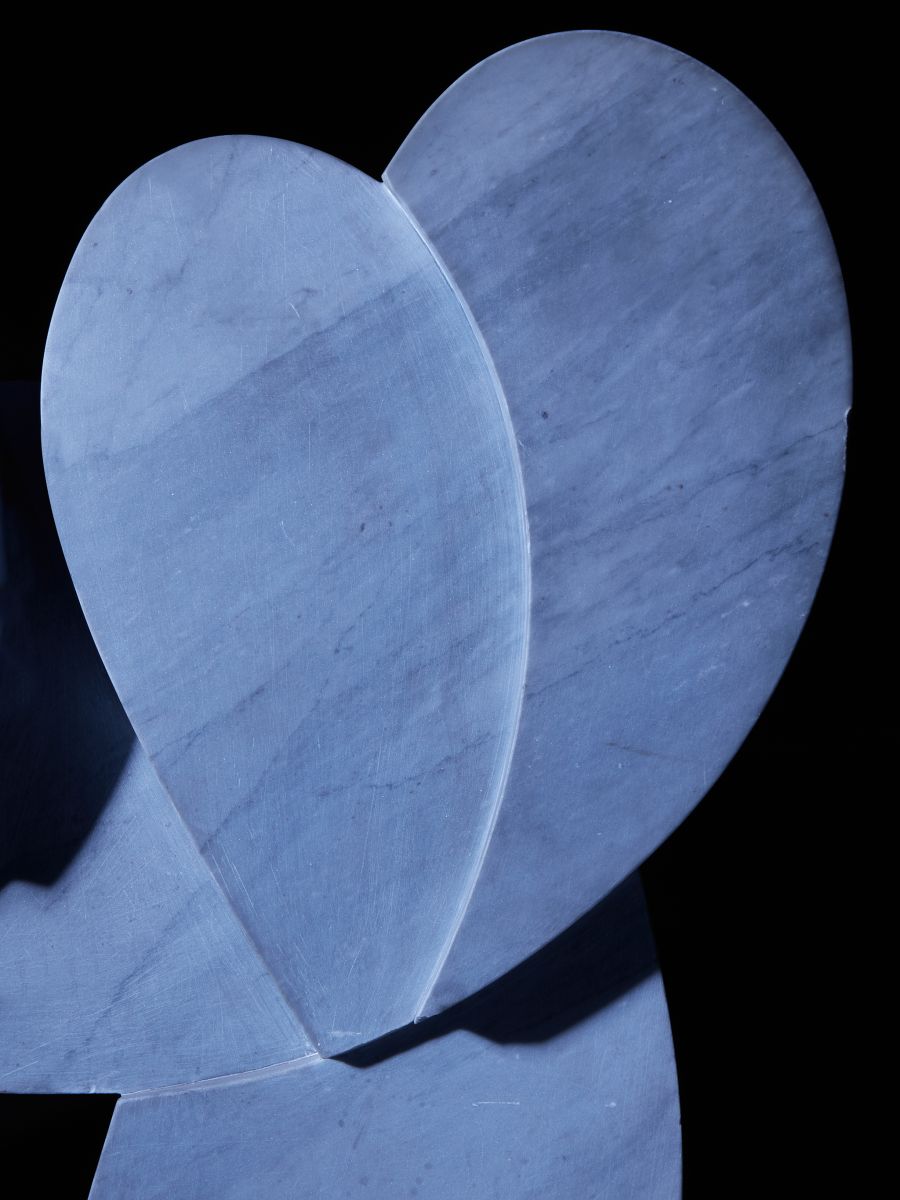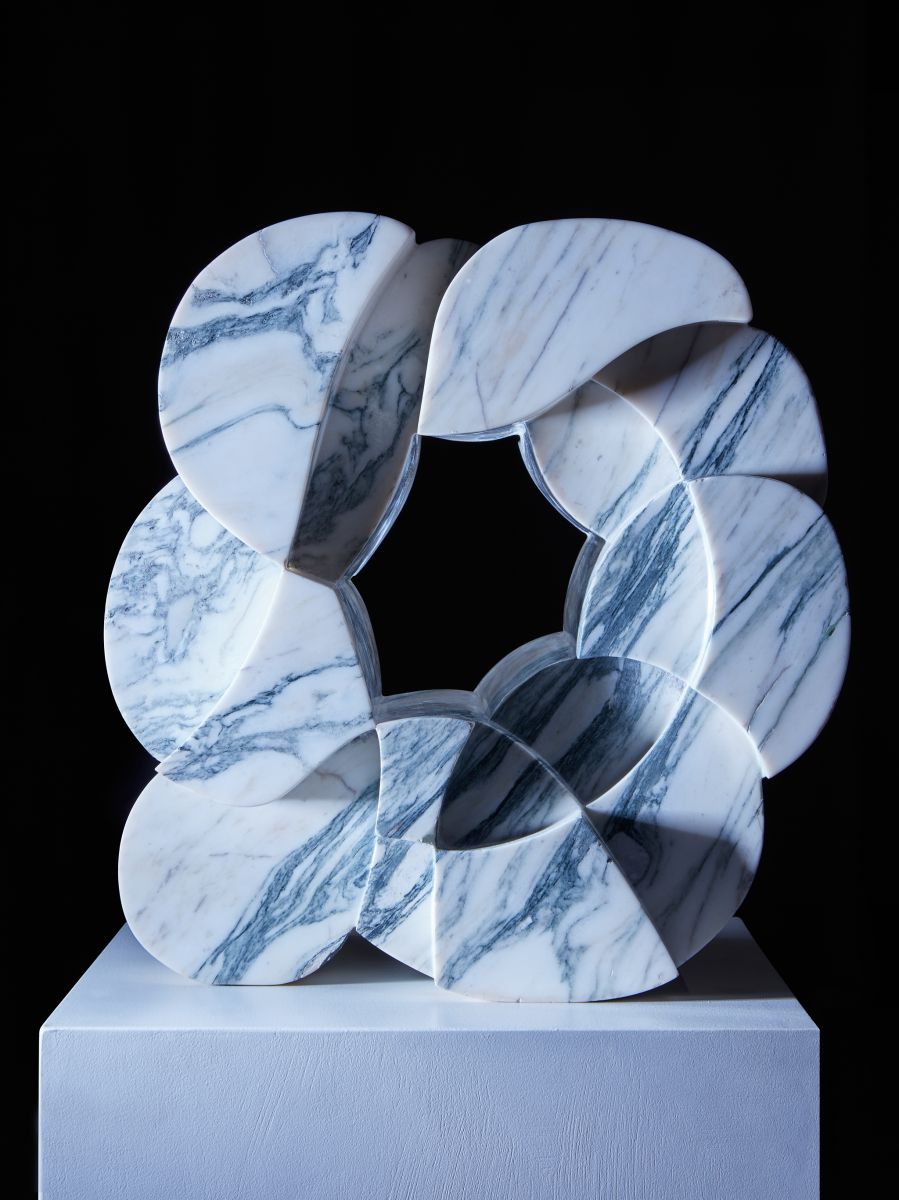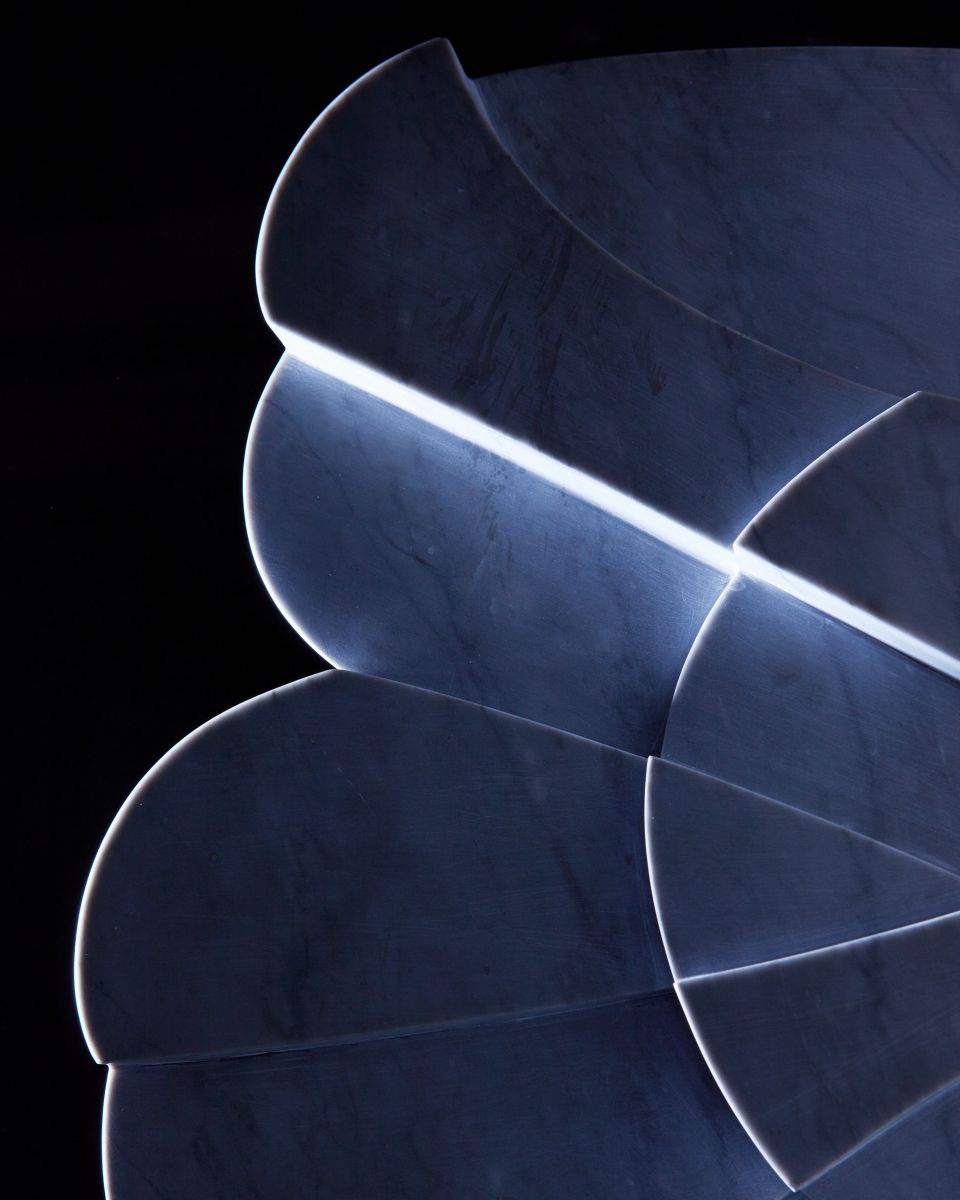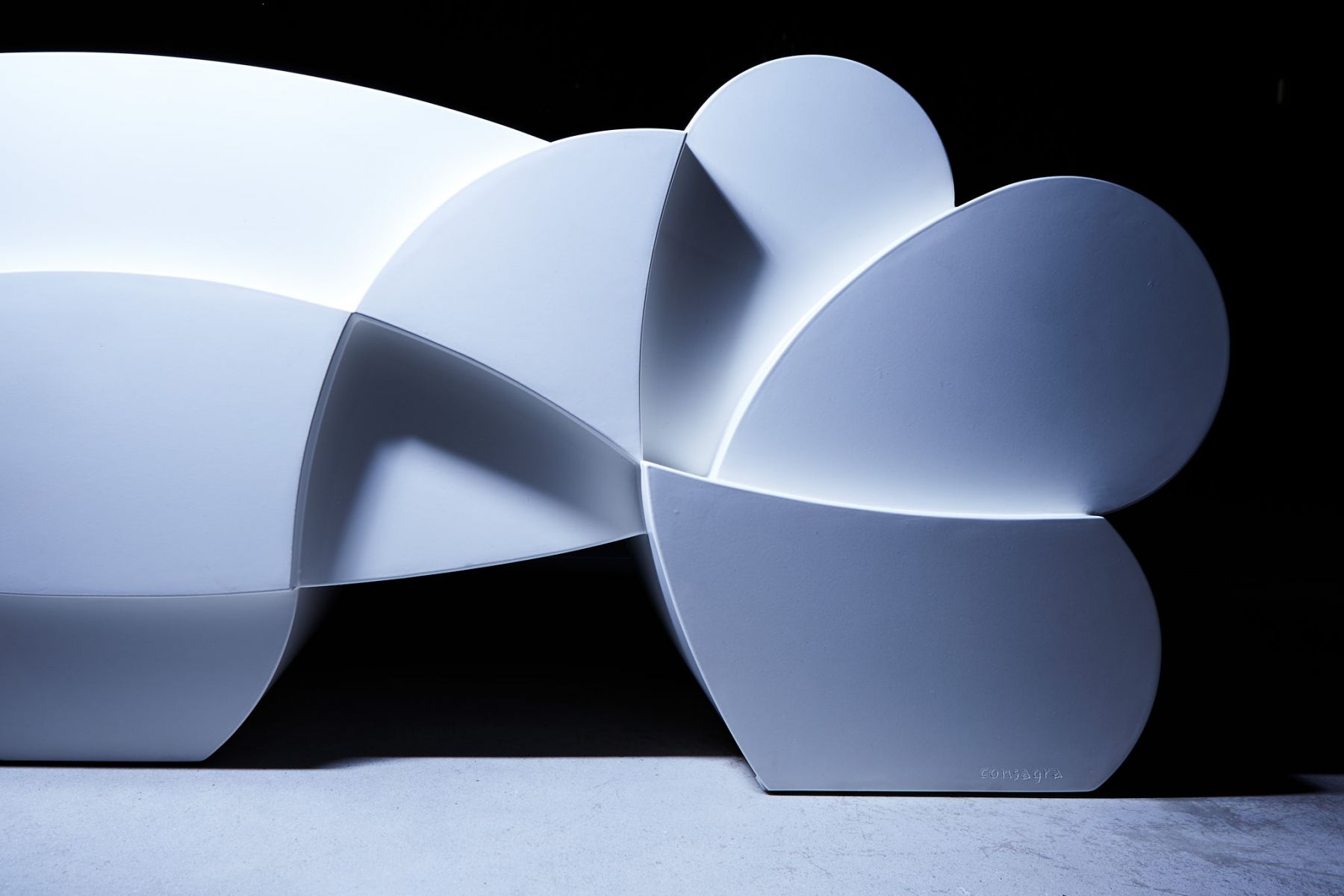Matacubi by Pietro Consagra
The exhibition, which is curated together with Luca Massimo Barbero, introduces the public for the first time to a unique series of sculptural works of great current relevance by Pietro Consagra (1920-2005). Nine Matacubi – object-sculptures created from 1985 onwards by Consagra, one of the most prestigious exponents of international abstractionism – are on display in the large atrium of Nilufar Depot.
The exhibition, which has been organised in collaboration with the Archivio Pietro Consagra, with a display installation by Ruggero Moncada di Paternò, illustrates a series of works “with rounded, sensual forms that unfold in a way that invites two or three people to sit down, creating a direct and immediate playful interaction with the viewer” said Gabriella Di Milia, director of the Archivio Pietro Consagra.
This exhibition all started with a visit to the Archivio Pietro Consagra – during which Nina Yashar was particularly struck by the Matacubi: “works whose beauty enrapture, but also objects with a function. On the one hand, they convey a sort of reverential apprehension, reflecting the artist’s strict, disciplined approach, while on the other they entice us into a relationship with them, a tactile, physical relationship, in which the forms invite us to interact with them.”
Photo credits by Mattia Iotti
The exhibition, which has been organised in collaboration with the Archivio Pietro Consagra, with a display installation by Ruggero Moncada di Paternò, illustrates a series of works “with rounded, sensual forms that unfold in a way that invites two or three people to sit down, creating a direct and immediate playful interaction with the viewer” said Gabriella Di Milia, director of the Archivio Pietro Consagra.
This exhibition all started with a visit to the Archivio Pietro Consagra – during which Nina Yashar was particularly struck by the Matacubi: “works whose beauty enrapture, but also objects with a function. On the one hand, they convey a sort of reverential apprehension, reflecting the artist’s strict, disciplined approach, while on the other they entice us into a relationship with them, a tactile, physical relationship, in which the forms invite us to interact with them.”
Photo credits by Mattia Iotti
Picture

